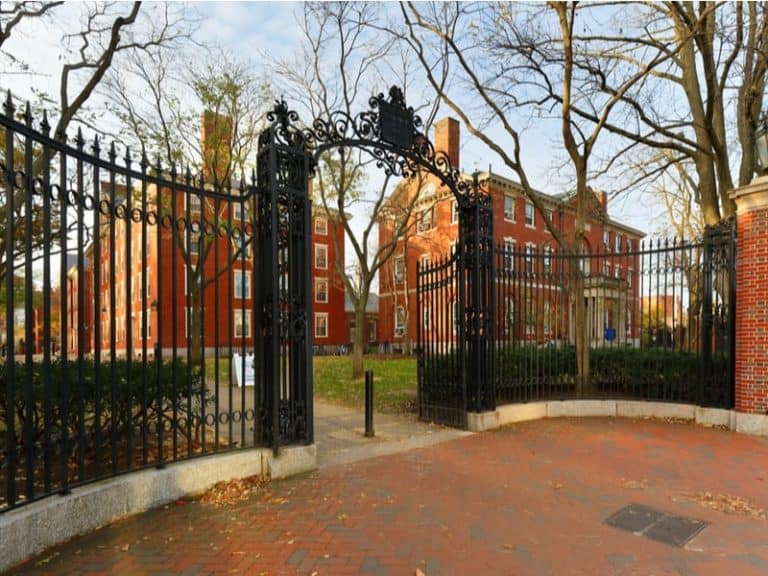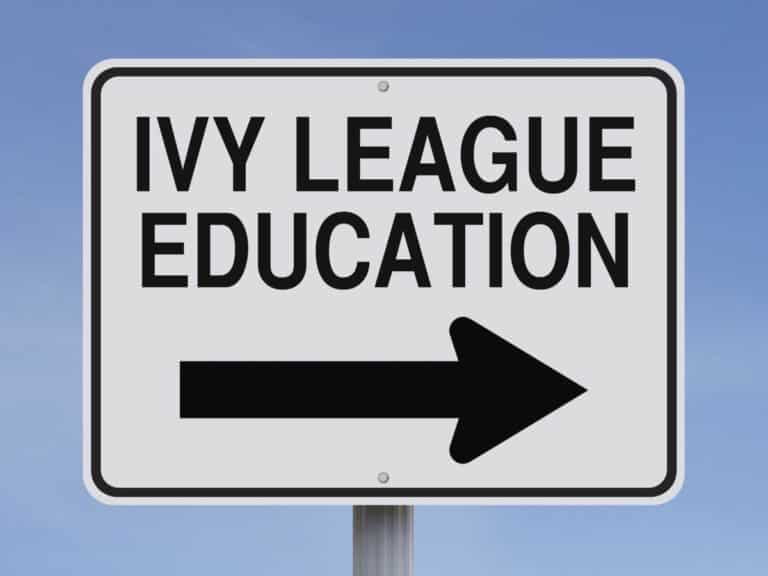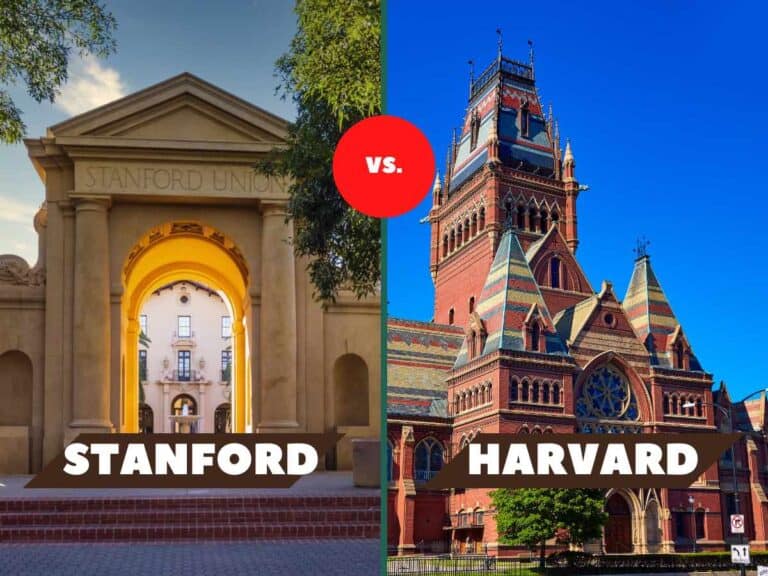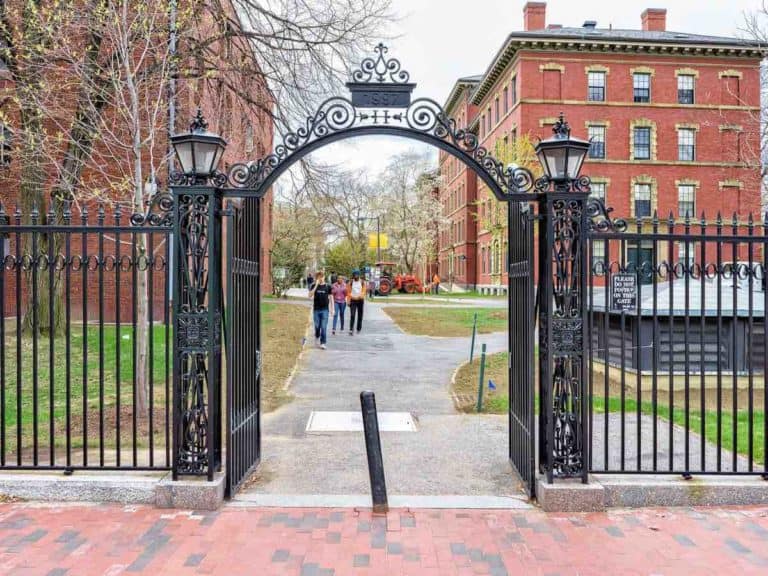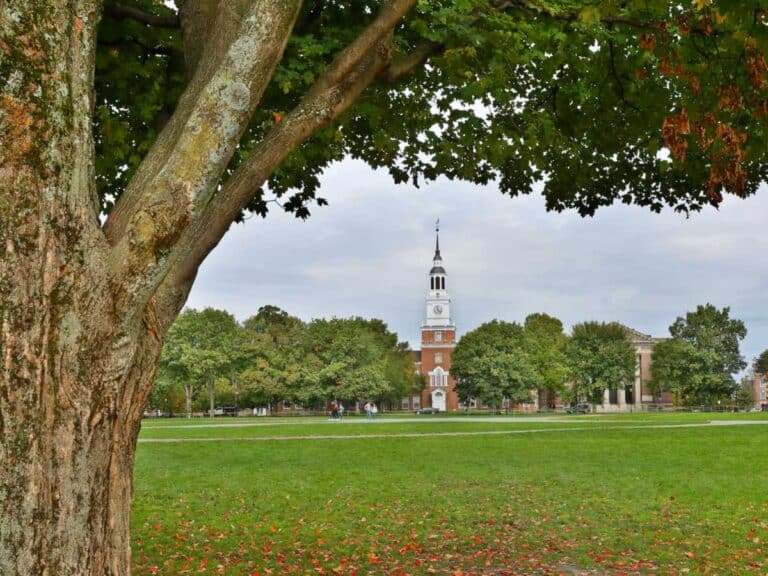Ivy or Not? Stanford, MIT, Duke and other top schools
Ivy League schools are some of the most prestigious colleges and universities in the United States.
Everyone knows the Ivy Leagues for their:
- Top-notch academic programs
- World-class faculty members
- State-of-the-art facilities
- High college rankings
But they are also notorious for having:
- Ridiculously low acceptance rates
- Big endowments
- Steep cost of attendance
While all Ivy League schools are selective schools, not all selective schools are Ivy Leagues.
Numerous postsecondary institutions fall under various Ivy categories, but that doesn’t make them Ivy Leagues — many recognize Ivy equivalent titles, but they are in no way official.
In this post, we will discuss Ivy League schools and various seemingly Ivy League institutions.
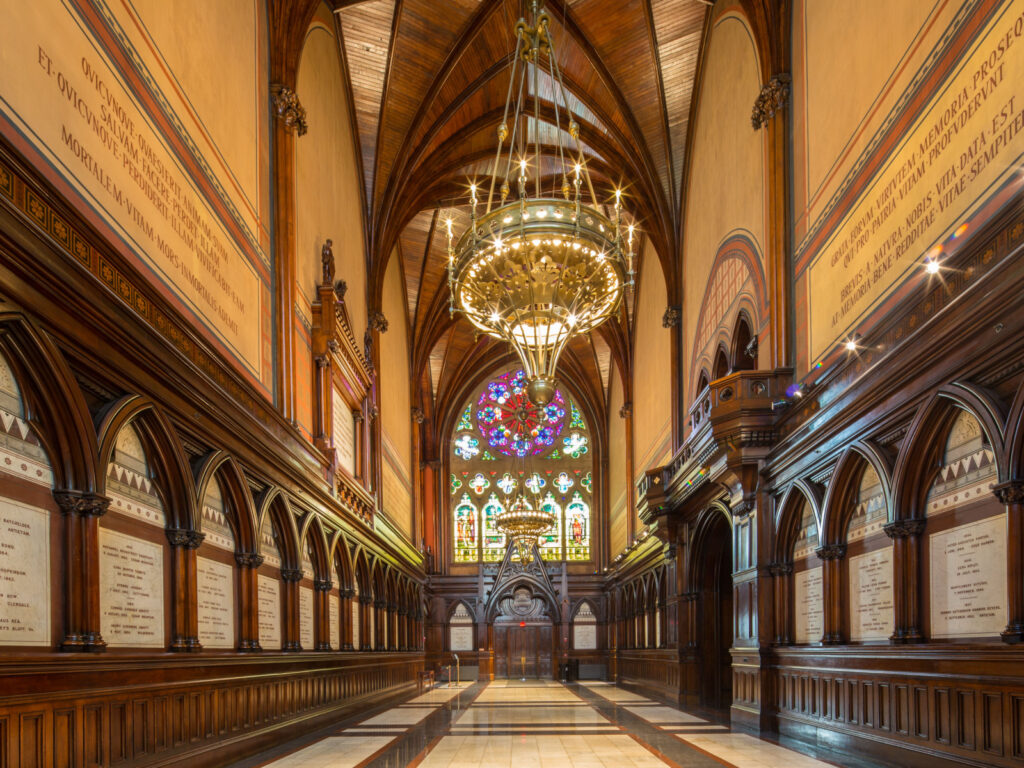
Why are Ivy Leagues Called Ivy Leagues?
No one really knows the exact reason behind why people refer to Ivy League schools as Ivy Leagues.
However, there are a couple of theories many people abide by.
Some believe that the term came into being because of something the Ivy League school buildings have in common: ivy that grows on their walls — just check out pictures of them on Google Images!
Meanwhile, others suppose the term stems from the Roman numeral for “four”, which is IV.
Read the two letters: Ivy!
What does the number four have to do with these prominent universities?
In the past, there were only four Ivy League schools:
- Harvard University
- Princeton University
- University of Pennsylvania
- Yale University
Eventually, others became members of the high-status federation.
The Roman numeral for 4 is IV, which, if you pronounce the letters separately, reads “ivy”.
Are There 12 or 8 Ivy League Schools?
There are only eight Ivy League schools.
As mentioned, all Ivy Leagues are some of the most elite institutions in the land, which is why many make the mistake of considering various prestigious colleges and universities as Ivy Leagues.
If there are only eight Ivy League schools, it means that four of the 12 Ivy Leagues some people believe there are do not belong to the group despite them being equally competitive.
The following institutions are commonly mistaken for Ivy Leagues:
- Massachusetts Institute of Technology
- Northwestern University
- Stanford University
- University of Chicago
Numerous other high-ranking and highly selective institutions of higher education are also wrongly assumed Ivy League schools, although it’s a fact that they are also worthy of the spotlight.
Due to this, it’s not uncommon for many, especially college-bound teens, to ask questions like:
- Is Caltech Ivy League?
- Is Duke Ivy League?
- Is Georgetown Ivy League?
- Is Johns Hopkins Ivy League?
- Is MIT Ivy League?
- Is Northwestern Ivy League?
- Is NYU Ivy League?
- Is Rice Ivy League?
- Is Stanford Ivy League?
- Is UChicago Ivy League?
- Is UCLA Ivy League?
- Is Vanderbilt Ivy League?
- Is Villanova Ivy League?
No, they’re not Ivy League schools.
Many of them may have Ivy equivalent designations, alright, but they are not in any way official Ivy Leagues if they are not one of the eight actual Ivy League institutions.
What are the 8 Ivy League Schools?
Despite the assumption of some people, there are only eight Ivy League schools.
So, which schools are Ivy League institutions?
They are as follows:
- Brown University
- Columbia University
- Cornell University
- Dartmouth College
- Harvard University
- Princeton University
- University of Pennsylvania
- Yale University
All eight Ivy League colleges and universities have many things in common.
Having outrageously low acceptance rates is one of those that they share — they are some of the hardest to get into, with single-digit acceptance rates academic year after academic year.
Various other postsecondary institutions also admit only a small fraction of applicants.
It’s due to that many immediately assume they’re Ivy Leagues.
All Ivy League schools are also in the Northeastern region of the US, which consists of nine states.
Seven of those nine states in the northeast part of the country each has an Ivy League institution — except for New York, which has two of the eight Ivy Leagues situated in it.
Ivy League Map
Another thing common among the Ivy Leagues is having a big endowment.
The Ivy League schools have some of the largest financial endowments not only in the United States but also worldwide, though some non-Ivies are richer than the Ivies.
Let’s check out some of the things the Ivy League schools have in common in a table:
| Institution | Location | Acceptance Rate | Endowment |
|---|---|---|---|
| Brown University | Providence, RI | 5% | $6.5 billion |
| Columbia University | New York, NY | 4% | $13.3 billion |
| Cornell University | Ithaca, NY | 7% | $9.8 billion |
| Dartmouth College | Hanover, NH | 6% | $8.1 billion |
| Harvard University | Cambridge, MA | 3% | $50.9 billion |
| Princeton University | Princeton, NJ | 6% | $35.8 billion |
| University of Pennsylvania | Philadelphia, PA | 7% | $20.7 billion |
| Yale University | New Haven, CT | 5% | $41.4 billion |
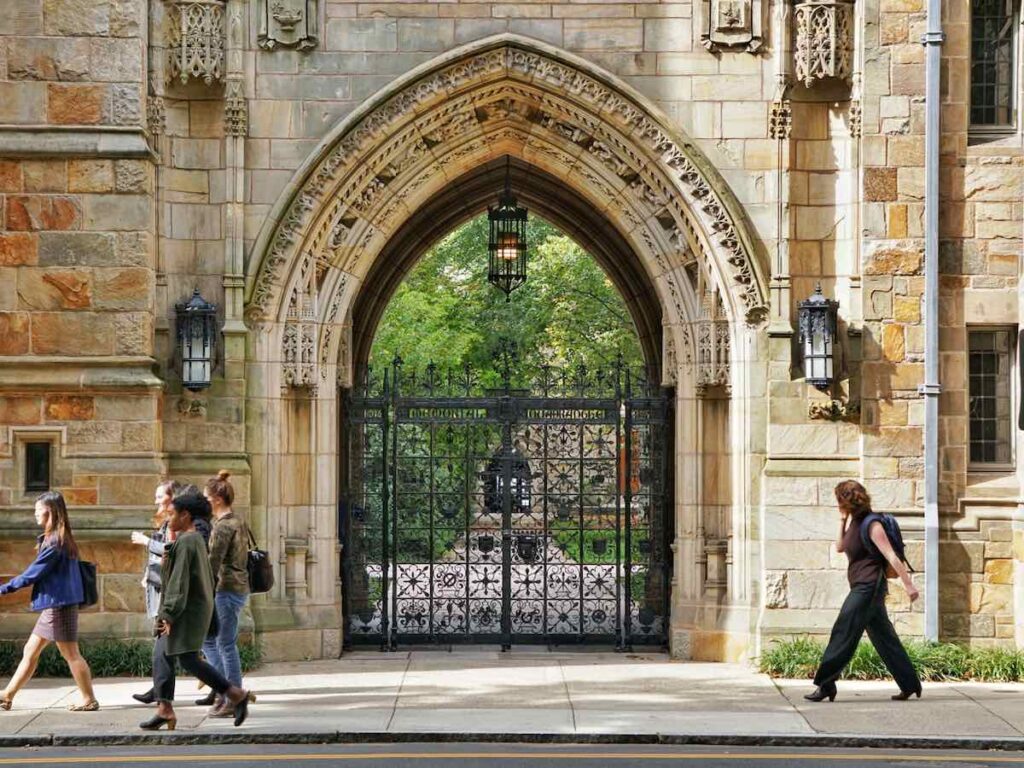
What are Ivy-Like or Ivy Equivalent Schools?
Many top-tier colleges and universities have Ivy status.
As far as prestige and competitiveness go, the country’s Ivy League schools serve as the gold standard.
Because of this, other institutions with near, comparable, or a better reputation bear a title with the word “Ivy” in it, depending on whether they are private or public or whether they are small liberal arts colleges or historically black.
The following are some examples of equivalent Ivy designations:
- Black Ivies
- Hidden Ivies
- Little Ivies
- New Ivies
- Public Ivies
- Southern Ivies
It’s worth noting that some institutions may fall under more than one category.
For instance, Vanderbilt University is a Hidden Ivy, New Ivy, and Southern Ivy, while the University of North Carolina at Chapel Hill is both a Public Ivy League and a New Ivy.
In this part of this post, we’ll check out various Ivy League equivalent institutions.

Black Ivies
There are a little more than 100 historically black colleges and universities (HBCUs) in the country, and many of them are elite and competitive, and they include the following Black Ivy Leagues:
- Dillard University
- Fisk University
- Hampton University
- Howard University
- Morehouse College
- Spelman College
- Tuskegee University
Hidden Ivies
The reason behind the formation of the Hidden Ivies is to give high-performing students options other than the eight Ivy League schools. While most of them are small colleges, large universities are included in the list, too.
- Amherst College
- Barnard College
- Bates College
- Boston College
- Bowdoin College
- Brandeis University
- Bryn Mawr College
- Bucknell University
- Carleton College
- Case Western Reserve University
- Claremont McKenna College
- Colby College
- Colgate University
- College of the Holy Cross
- Colorado College
- Davidson College
- Denison University
- Dickinson College
- Duke University
- Emory University
- Fordham University
- Franklin and Marshall College
- Georgetown University
- Grinnell College
- Hamilton College
- Haverford College
- Johns Hopkins University
- Kenyon College
- Lafayette College
- Lehigh University
- Macalester College
- Middlebury College
- Mount Holyoke College
- Northwestern University
- Oberlin College
- Pomona College
- Reed College
- Rice University
- Skidmore College
- Smith College
- Southern Methodist University
- Stanford University
- Swarthmore College
- Trinity College
- Tufts University
- Tulane University
- Union College
- University of Chicago
- University of Notre Dame
- University of Richmond
- University of Rochester
- University of Southern California
- University of the South
- Vanderbilt University
- Vassar College
- Villanova University
- Wake Forest University
- Washington and Lee University
- Washington University in St. Louis
- Wellesley College
- Wesleyan University
- Williams College
Little Ivies
As the name suggests, the Little Ivies are small postsecondary institutions, particularly liberal arts schools. They have small populations, and their low acceptance rates keep them from ballooning.
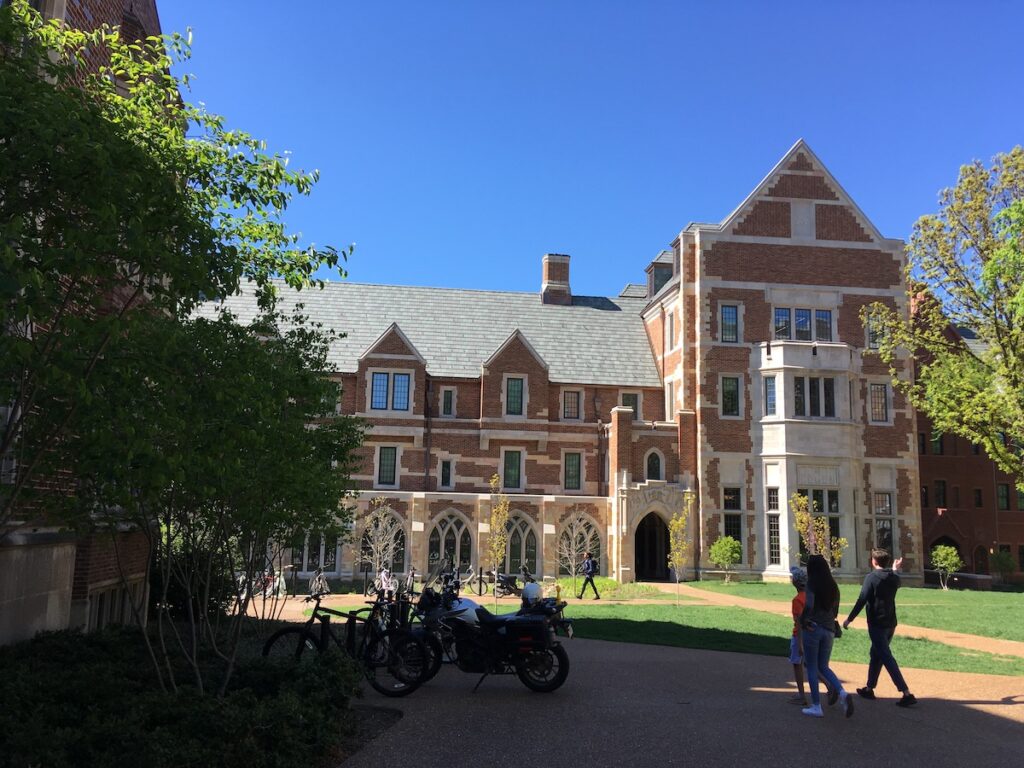
- Amherst College
- Bates College
- Bowdoin College
- Colby College
- Connecticut College
- Hamilton College
- Haverford College
- Lafayette College
- Middlebury College
- Swarthmore College
- Trinity College
- Tufts University
- Vassar College
- Wesleyan University
- Williams College
New Ivies
Unlike all eight Ivy League schools, the New Ivies are a mix of private and public institutions. Many of them are also not as rich as the original Ivies, but they rank high in terms of academic programs and faculty.
- Boston College
- Bowdoin College
- Carnegie Mellon University
- Colby College
- Colgate University
- Davidson College
- Emory University
- Harvey Mudd College
- Kenyon College
- Macalester College
- New York University
- Olin College of Engineering
- Pomona College
- Reed College
- Rensselaer Polytechnic Institute
- Rice University
- Skidmore College
- Tufts University
- University of California, Los Angeles
- University of Michigan
- University of North Carolina at Chapel Hill
- University of Notre Dame
- University of Rochester
- University of Virginia
- Vanderbilt University
- Washington University in St. Louis
Public Ivies
It goes without saying that Public Ivy League schools are government-funded institutions, offering top-notch college degrees at a small fraction of the Ivy League cost of attendance. The following are the Public Ivies:
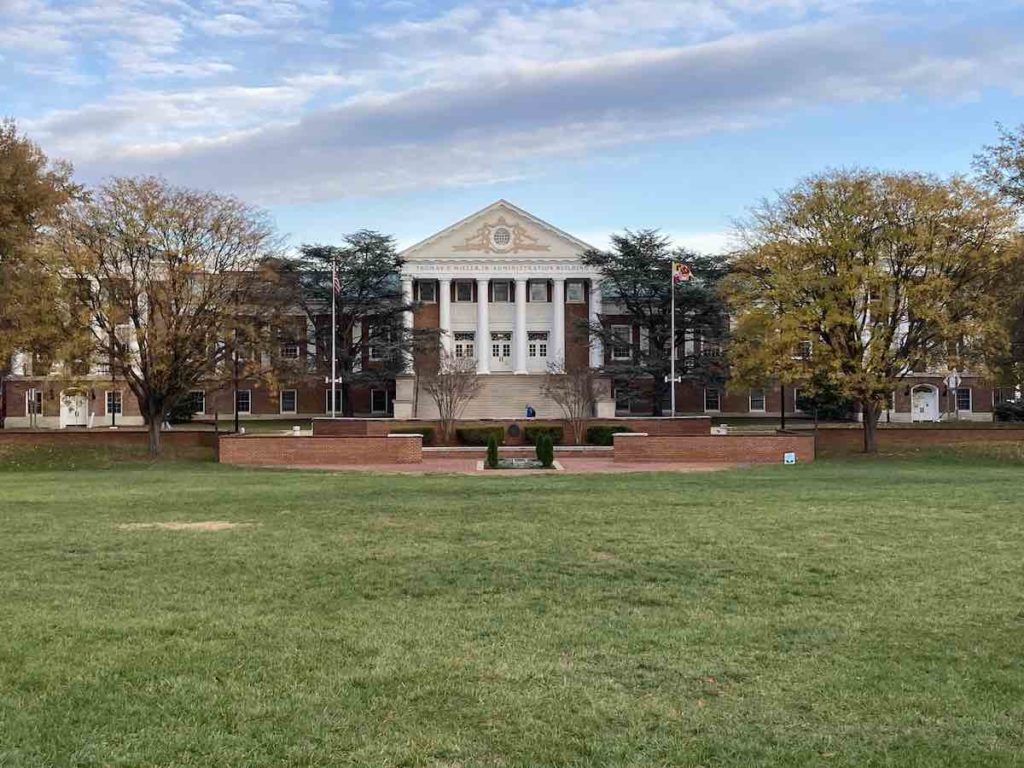
- Binghamton University
- Indiana University Bloomington
- Miami University
- Michigan State University
- Ohio State University
- Pennsylvania State University
- Rutgers, The State University of New Jersey
- University of Arizona
- University of California, Berkeley
- University of California, Davis
- University of California, Irvine
- University of California, Los Angeles
- University of California, San Diego
- University of California, Santa Barbara
- University of Colorado Boulder
- University of Connecticut
- University of Delaware
- University of Florida
- University of Georgia
- University of Illinois at Urbana-Champaign
- University of Iowa
- University of Maryland, College Park
- University of Michigan
- University of Minnesota Twin Cities
- University of North Carolina at Chapel Hill
- University of Texas at Austin
- University of Virginia
- University of Washington
- University of Wisconsin-Madison
- William & Mary
Southern Ivies
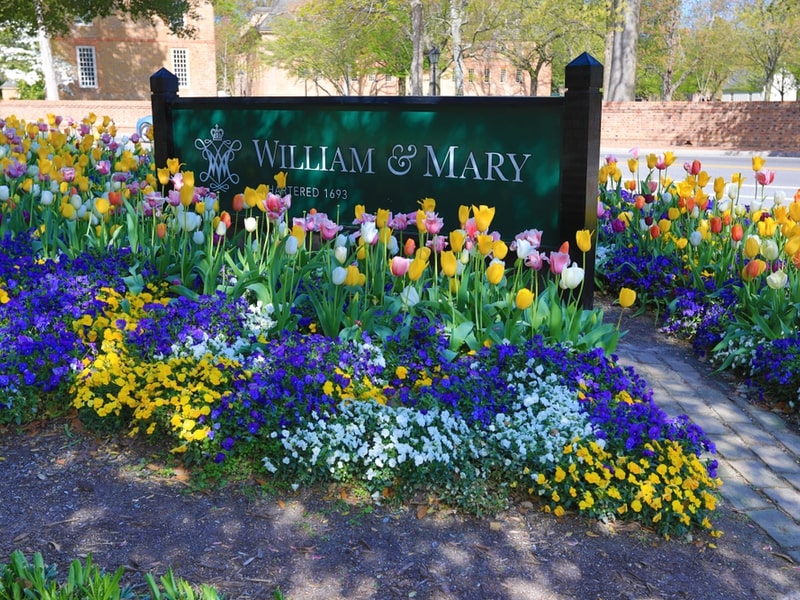
While the eight Ivy Leagues are in the Northeastern region of the country, the Southern Ivies are in the Southern region. Many of the Southern Ivies were once members of the Magnolia Athletic Conference, which never succeeded.
- Davidson College
- Duke University
- Emory University
- Rice University
- Southern Methodist University
- Tulane University
- University of North Carolina at Chapel Hill
- University of Texas at Austin
- University of Virginia
- Vanderbilt University
- Wake Forest University
- William & Mary
Disclaimer: The views and opinions expressed in this article are those of the authors and do not necessarily represent those of the College Reality Check.
